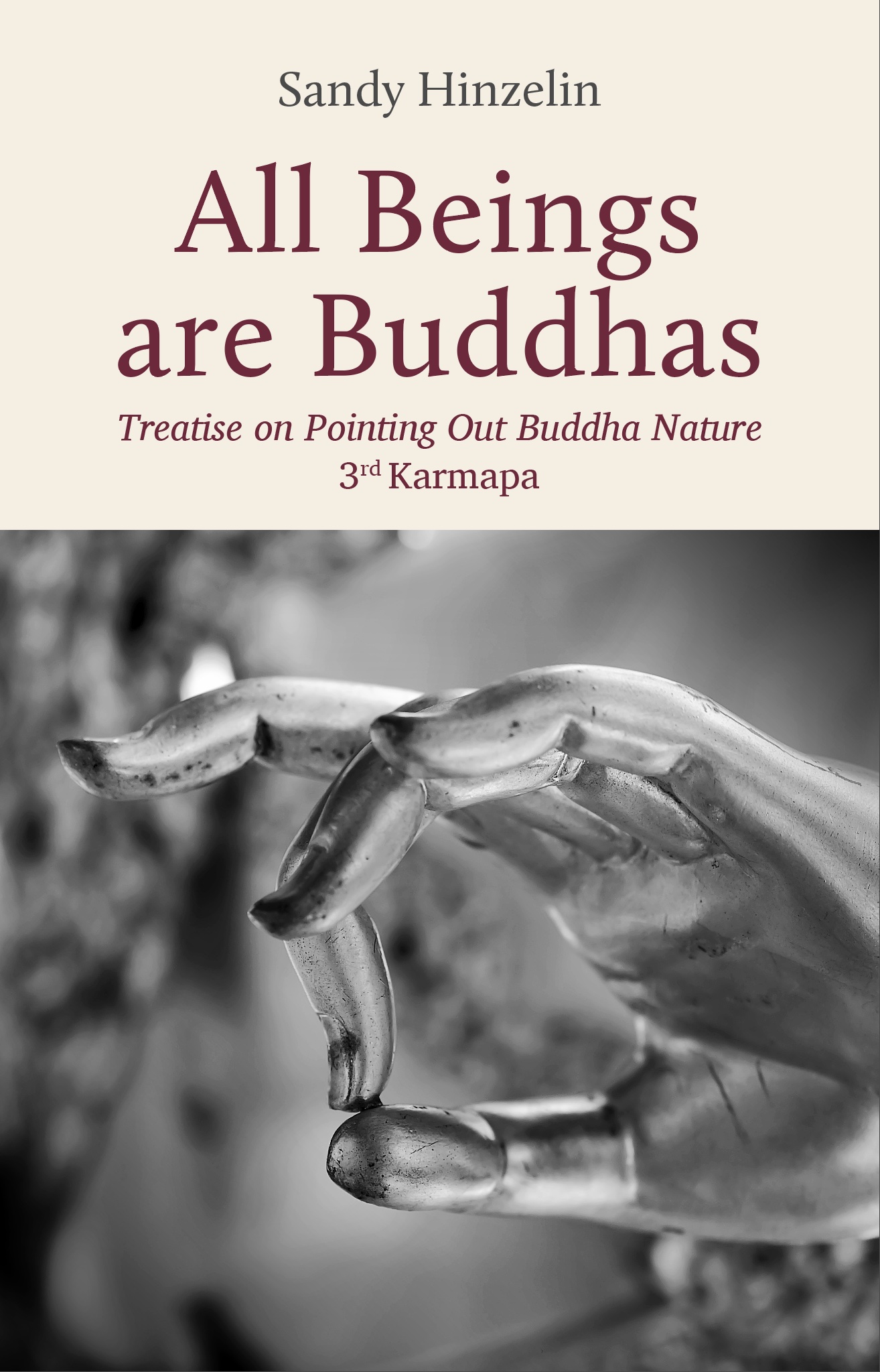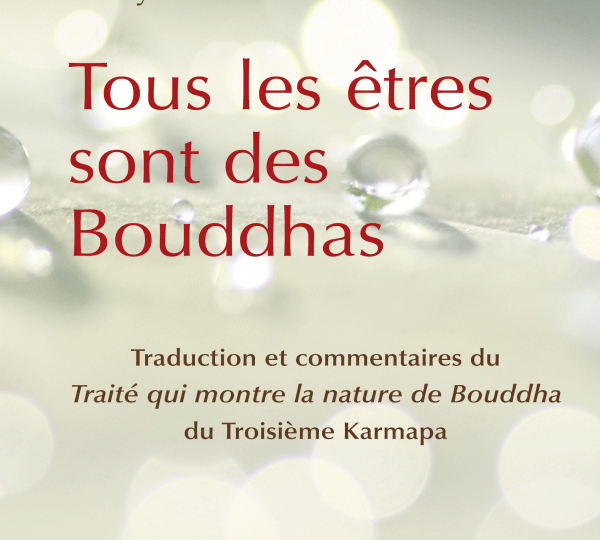
Transforming Experience
The great principles linked to Buddha Nature are simple to understand. Our true nature is covered by different cognitive and emotional veils – studying and applying different meditative techniques is enough to remove them. Thus, by walking the path, one’s perception goes from an ordinary state to an awakened state. The nine examples which can be found for instance in the Supreme Continuum among other places illustrate these principles very well[1].
However, understanding the meaning of all beings having a Buddha Nature is not easy – how is it possible? Moreover, what is the ordinary perception and the dualistic grasping of the samsāra? What are its characteristics and why should one get rid of them? Because of suffering, the first Truth of Noble beings tells us. But how can we undo their causal link? How does the going from an ordinary vision to an awakened vision work?
Buddha Nature, awakening… many concepts that can appear very abstract, almost surreal. However, different Buddhist texts show with great precision how to progress on the path and also mention the different stages before reaching a complete and perfect awakening. In other words, the terminology regarding awakening, which can seem abstract at first, actually points to different lived experiences – experiences of the self and the world – that are different from that of an ordinary being. We must remember that the Treatise on Pointing Out Buddha Nature belongs to the meditative transmission of the Supreme Continuum, and is closer to an aide-memoire than a statement seeking to demonstrate at any cost the presence of Buddhahood. We could say that in particular, this text has a practical vocation – it shows us what is to be discovered inside of ourselves in concise ways.
The first question that we will thus try to answer is the following: how does one understand that everything is already here permanently while Buddhahood is not manifest? The Supreme Continuum offers three reasons to explain this universal presence, but they do not truly succeed in their demonstrative attempts[2]. Establishing the link between non-awakened and awakened consciousness is thus not obvious, these two modes of consciousness seem completely different – with love and wisdom on one side, confusion and suffering on the other. Nonetheless, the text constantly claims that they do have a common foundation. The concept of co-emergence[3] is also considered, as a central concept for the practice of Mahāmudrā, which Dakpo Tashi Namgyal defines in the following way:
« Connate » refers to all phenomena (all animate and inanimate entities) and the dharmatā of each of those (their thusness tathātā) being present simultaneously from the beginning with neither preceding nor following the other. Moonbeams, p.268-269[4].
This brings us to our second main question : Buddha Nature is the teaching reference of Mahāmudrā[5], but how is it possible to recognize natural consciousness – that absolute dimension which is present in each instant ? How to understand that “there is absolutely nothing to remove, neither anything to add” ? What does the practitioner have to accomplish, what inner move must they cultivate to see what is?
In order to apprehend these questions, it seems necessary to develop a phenomenological approach of Buddha Nature, not only a conceptual one, in order for one to access the content of one’s perception. A descriptive approach to lived experiences could indeed better capture the implications of Buddha Nature : is it a fiction, an unreachable ideal, or an experience within hand’s reach? Additionally, complementing the hermeneutic coherence of this text, an experimental coherence could also be shed into light.
Sandy Hinzelin, All Beings are Buddhas, Rabsel, 2023, p.43-44.
[1] RGV.I.95/82 et s.
[2] RGV I.28/26, see note during the presentation of the text.
[3] Tib. lhan cig tu kyes pa.
[4] Book written by Dakpo Tashi Namgyal. It will be one of our references when meditation is described.
[5] See presentation of the text.


